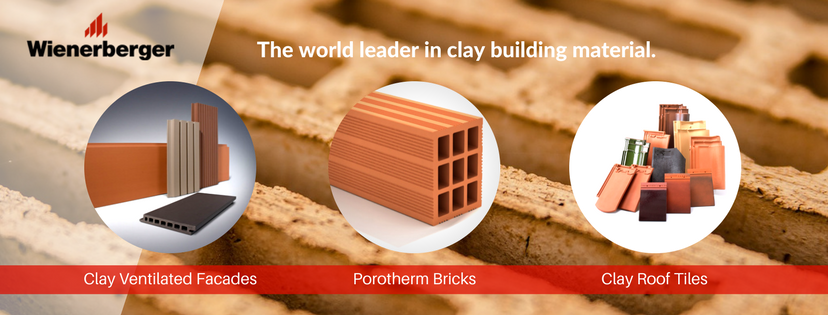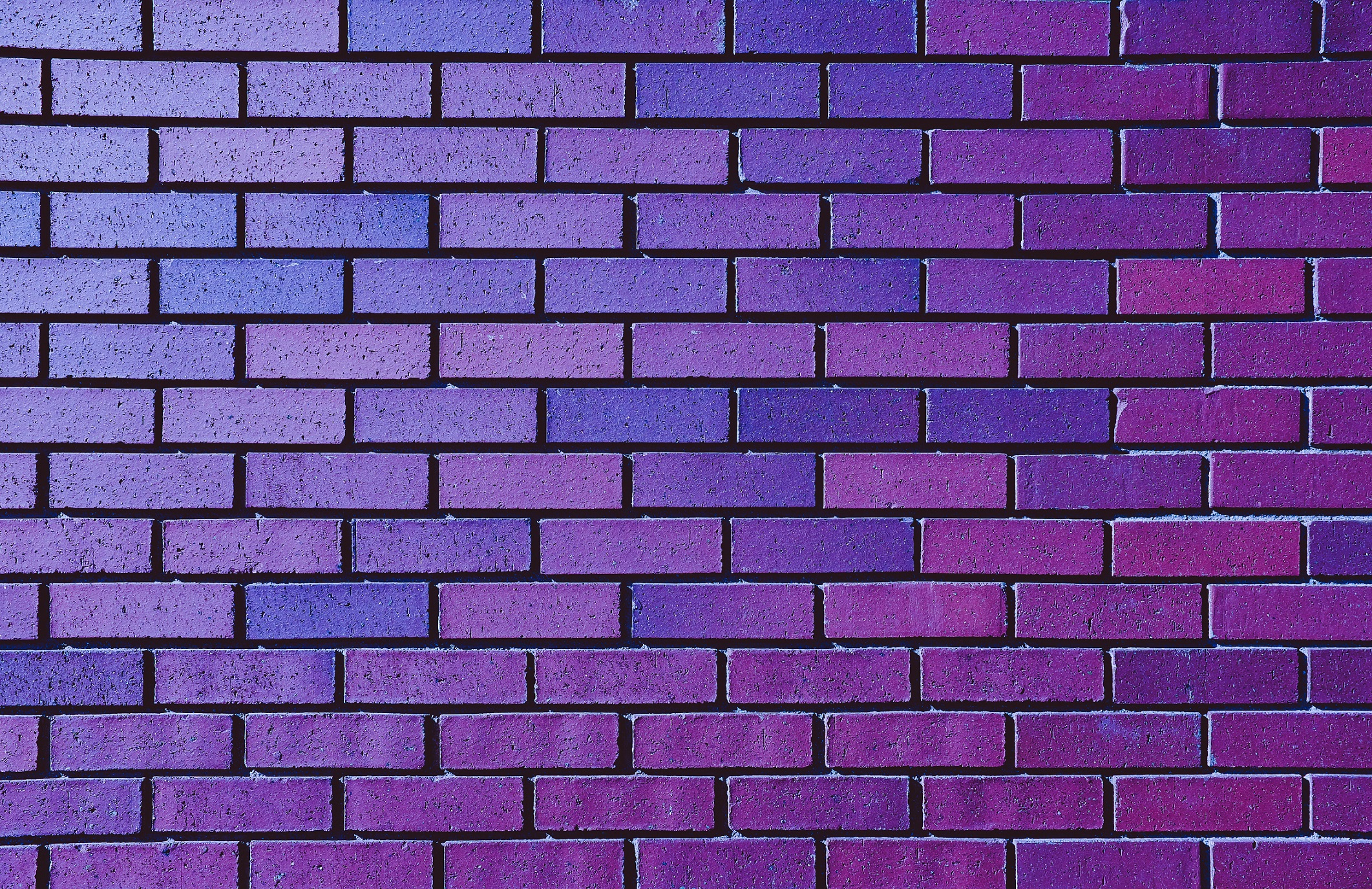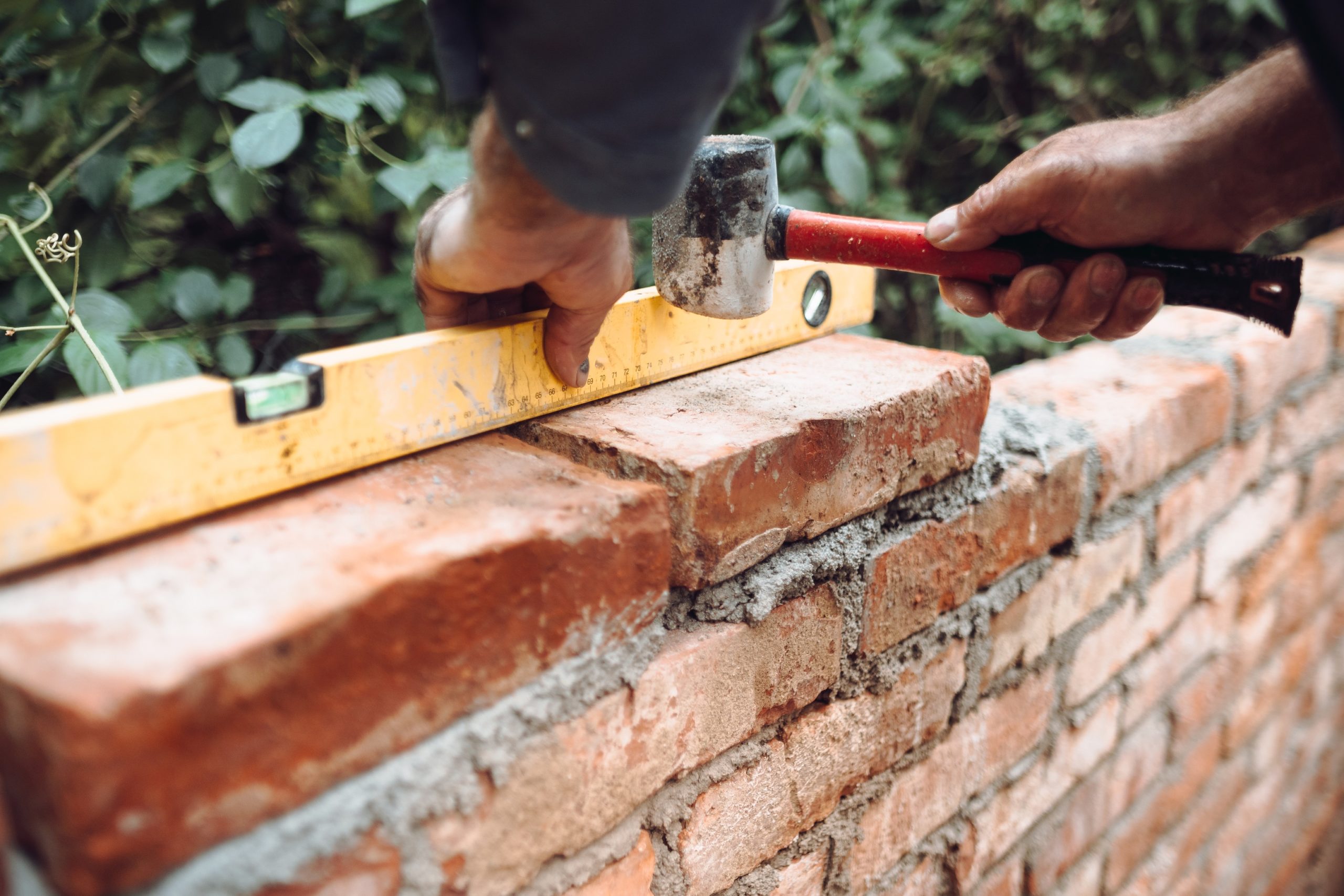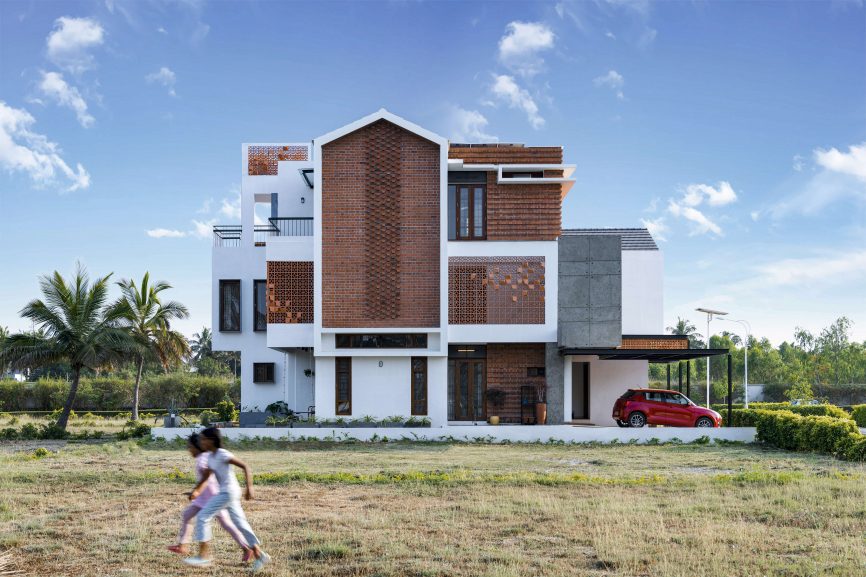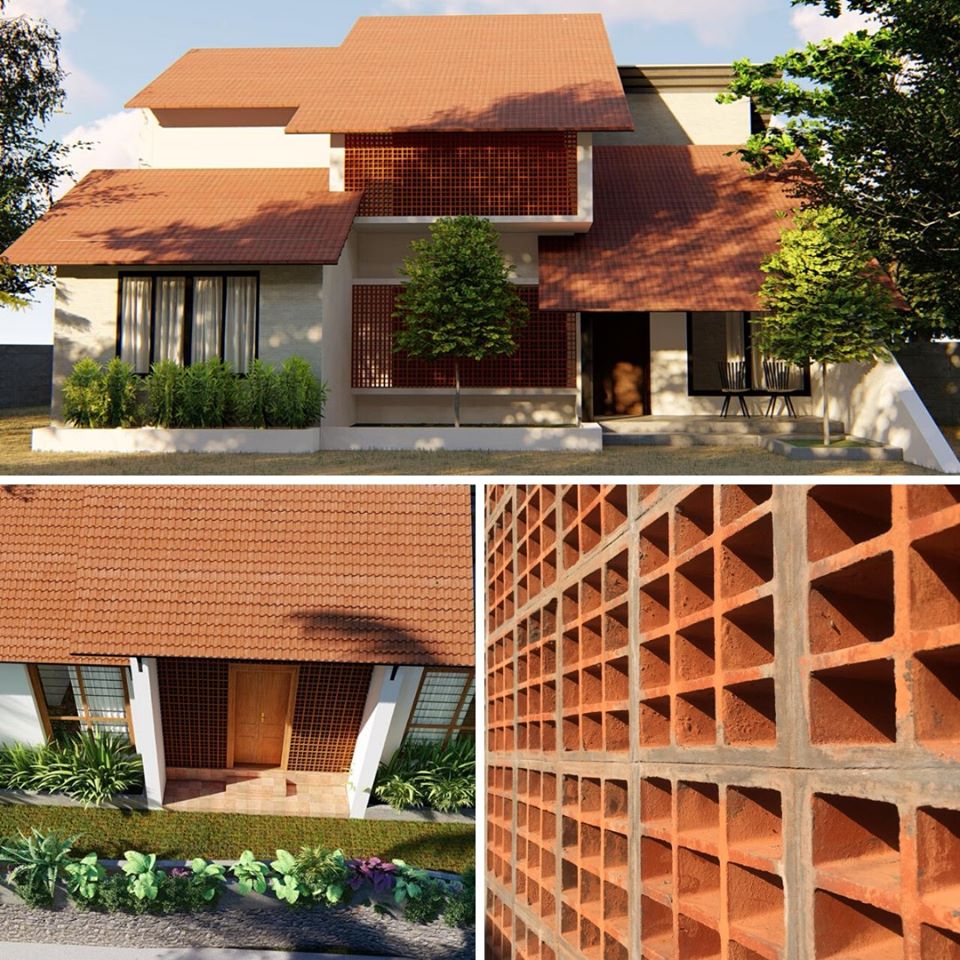Water leakage also known as water seepage is one of the major causes of common building defects. If water leakage issues are immediately addressed almost 80 percent of the building defects can be eradicated. While there are many locations prone to water leakage in a building – Walls are one of the most bulging ones. From the time the first-ever brick house was built, Brick walls have always leaked and absorbed water. This is exactly why there are systems in place to ensure there is good absorption of moisture to save the home from potential water damages. If bricks fail in absorbing moisture they might quickly fall apart. Furthermore, it is important to understand the causes of wall leakage and the potential damages behind brick walls to understand the issues which demand repairs before they deteriorate.
Before That – Signs Of A Water Leak Behind Walls
Most of the water leakage happens out of view, but there are many signs which can help you detect them. Here are a few common signs of water leakage that could be happening behind your walls.
- buy Seroquel with amex Mold Growth – One of the most common signs of water leakage is mold growth. These normally appear in areas having excess moisture like bathrooms, kitchens, and basements; but if molds start to appear on walls or ceilings which are not near any plumbing fixtures it is very likely a leakage.
- http://wearestoryboard.co.uk/wp-json/oembed/1.0/embed?url=https://wearestoryboard.co.uk/portfolio-item/toris-story/ Stale Odors – Excess moisture or water can create a stale smell when it gets absorbed into building materials. If you sense some strong smell near a certain area of your wall, there could be a water leak.
- buy accutane india Staining – When water leaks within the wall it will get absorbed in the building material and cause a noticeable stain. If these stains continue to penetrate in size it’s a good indication of a leak.
- http://escapespamcr.co.uk/wp-json/oembed/1.0/embed?url=http://escapespamcr.co.uk/rebekah-rhule-taylor/ Peeling Or Bubbling Paint And Wallpaper – Too much moisture behind the walls will sooner or later cause the paint and wallpaper to start peeling or bubbling.
- Stained Ceilings – Check your ceilings for signs of stains and if you notice a problem, check the nearby walls for signs of water damage.
A water leak behind a wall is an issue that requires immediate attention. To find a solution to this you will need to know what is causing these leaks. Building further on this, take a quick look at the common causes of wall leakage.
7 Common Causes Of Brick Leaks
There are many ways in which water can swiftly enter your bricks. It can make its way directly through brick surfaces, mortar surfaces, or through the contact zone between the brick and mortar. Besides, it is very common for leaks to enter though the vertical joints. Here’s a quick rundown:
1. Several construction glitches increase the risk of water penetration in the bricks. One of the most common examples is using too high moisture content while creating the mortar which can result in the shrinkage when it sets. This shrinkage produces cracks on the surfaces which allow moisture to seep in.
2. Water can penetrate through external wall defects like joints, honeycombs, spilling, weak points, holes, punctures, leftovers of debris, and movement of external wall components.
3. Defective external wall finishes like loosened mosaic tiles, cracked ceramic tiles, and paint surface; through poor cladding or curtain walls constructions or paleness in water-resisting components.
4. Leaky pipes are one of the major contributors to wall leakage. You can spot these by simply turning off all water sources inside and outside of your home.
5. Wind-blown rain is another significant cause of leaks in the wall. This type of moisture infiltration can easily take place through the vertical joints between the bricks, or head joints. Here, the pressure of the wind pushes the water inside the wall with force.
6. If landscaping soil sits at the base of your brick home, the water in the soil will likely seep inside of the wall. If the soil sits too high up on a brick wall it is even more likely that this will occur.
7. The drainage system around the home plays a huge role in how water impacts brickwork. It is important that water drains away from the home and doesn’t build up or flood the lower portions of the wall. If a drainage pipe regularly spills over a part of the brick wall it will keep the bricks over moist which will cause severe damages to the wall as it will never dry out.
How to Prevent Water Damage Behind Brick Walls
Water damage occurring behind brick walls are hard to spot at first. Water will slowly start building up before the exterior wall and display signs of damage at the end – ultimately resulting in risky consequences and costly repairs. Hence, the first and the foremost thing that one needs to ensure is top-notch construction and good quality bricks. Good quality construction along with good quality building materials can prevent water damages.
Good construction is a great way to avert water damage on the walls, but no matter how well-built a structure is, water damages do occur. Water can enter the walls in many ways, a broken chimney crown or a pipe leak give an easy way to the water to enter, hence regular inspection is key.
And yes, don’t forget the signs we discussed above. If you witness signs of water leakage call an expert immediately.
You May Like:
Aging And Leaking Window Are A Nuisance To Any Homeowner
Leaking Roof – How To Spot, Causes, Dangers And Tips
Curated by a building expert from Wienerberger India
